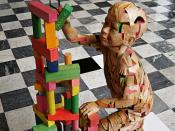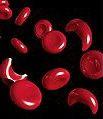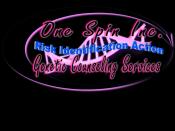Ten years ago researchers from the U.S., Britain, France, Germany, Japan and China sat down and began developing the most important map ever made. Instead of roads and landmarks, this was a map of letters. It was "a rough map of the 3 billion letters of genetic instructions that make us who [we] are" ("First"). On Monday, 26 June 2000, the researchers announced that the map of the human genome was complete.
On 26 June 2000 the news of the completion of the human genome was on all the major news wires, televisions and newspapers. What does it mean though? How will this help mankind? One area to which this knowledge can be applied is in the area of gene-therapy. Gene-therapy is now being tested to treat and cure some common genetic disorders. Like all new research, gene-therapy is the center of much controversy. A discussion of genetic disorders and current prevention methods is enlightening.
In addition one must understand what gene-therapy is and how it is being used.
In order to understand how genetic diseases are formed, it is important to understand how genetic traits are passed on from one generation to the next. An individual's genes carry the codes needed to make proteins to perform specific functions throughout the body. These genes are encoded into our DNA. A gene is made up of alleles. These alleles are the specific traits that each person possesses, everything from eye color to physical size. Some alleles are dominant, such as the allele for brown eyes, while others are recessive, such as blue eyes.
During reproduction the alleles from both parents are combined and copied within the fertilized egg. These genes may sometimes sustain damage or could be copied incorrectly. When this happens it is called a mutation. Mutations occurring in this...


